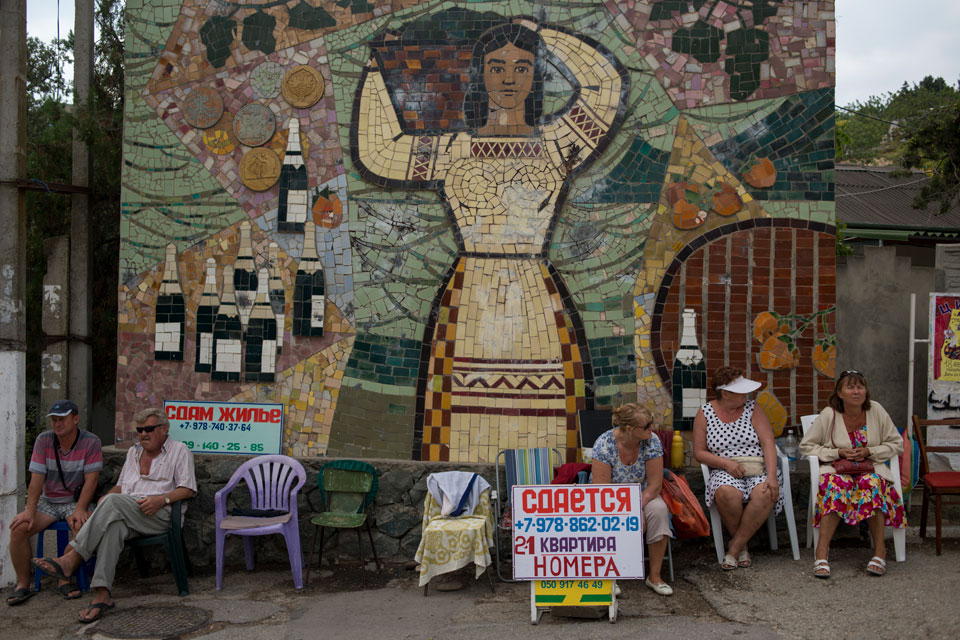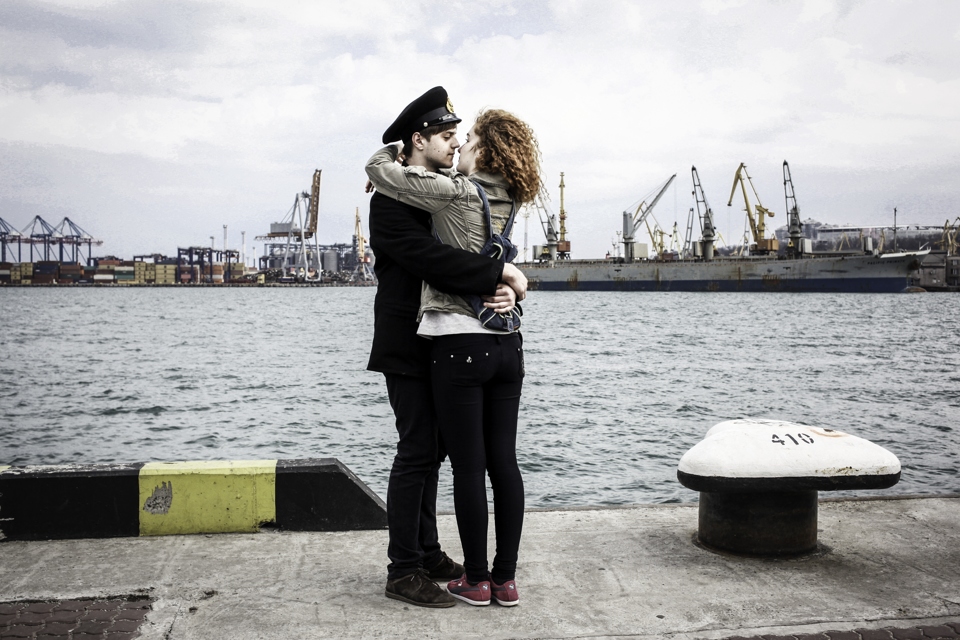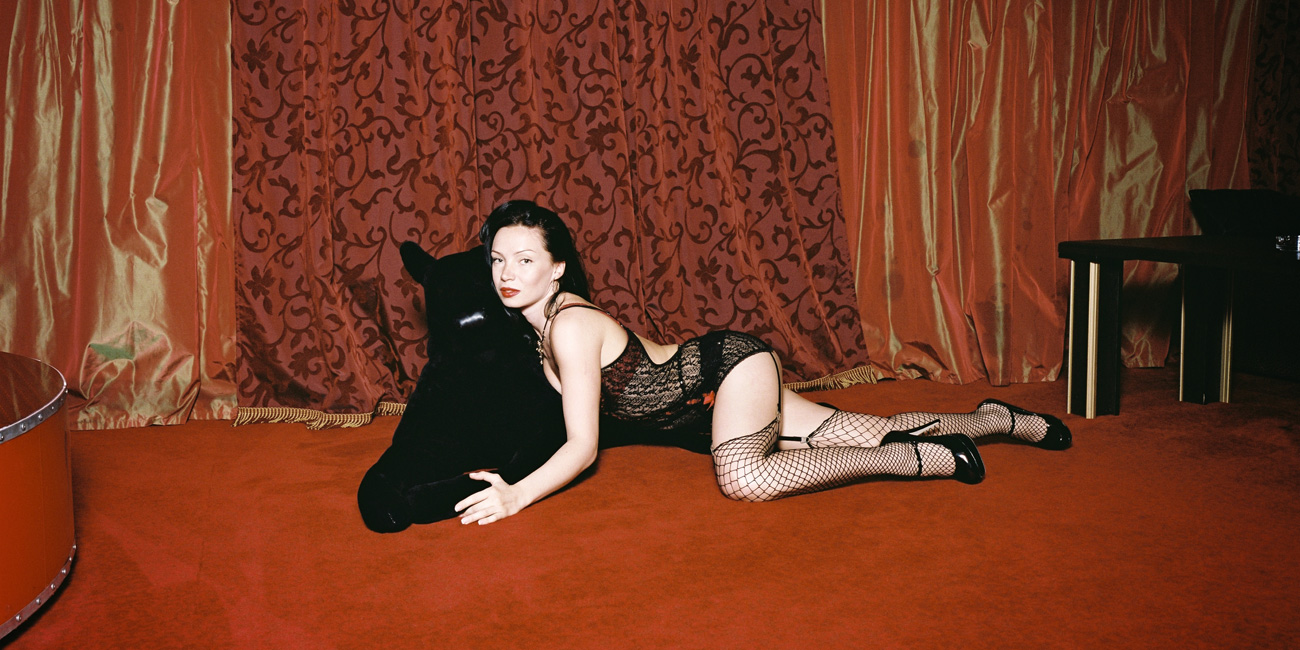
Whose Crimea: Photographers Are Divided on Another Crimea Project
The project called Another Crimea was published just before the second anniversary of the annexation of Crimea by Russia. It is a rare case of a collaboration of photographers from the three competing agencies: Magnum, VII, and Noor. It has been mentioned that the project was commissioned by the Noor Foundation and Russian Reporter magazine, the sources of financing remain a secret.
Gueorgui Pinkhassov, Olivia Arthur, Francesco Zizola, Pep Bonet, Christopher Morris, and Yuri Kozyrev — every one of them spent a week in the spring and summer 2014 taking photographs of Crimea. According to Another Crimea project’s description, the photographers aimed to “rediscover the peninsula and the life of its people beyond ideological barriers”. The result are six stories that avoid mentions of Russian forces capturing Ukrainian ships and military bases, of the referendum that is not acknowledged by the world, and of repressions against Ukrainian activists. The captions to the photographs say: Crimea, Russia.
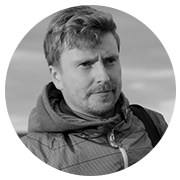
Kostyantyn Chernichkin, Ukraine photographer
Photographers, who participated in this project, are world-class stars, big names in documentary photography. They definitely know how such difficult stories as this one should be told. However, in this case, for some reason, they show a naive and one-sided perception of reality. I don’t believe they did not know that this was annexed territory and that people who disagreed with it were put in very harsh conditions. We don’t see a critical view of the processes, all photographs follow the same ideological line.
Taking into account that photographers from three competing international agencies participate in this project, I assume the work was done on commission. They got an offer to take part in a project with a huge budget, and they professionally did their part in it. We do not care that they were tools or victims of propaganda puppeteers, whose goal was to show the world that Crimea is Russian and facilitate the acceptance of the annexation of the peninsula. The most important point here is that we definitely can’t say they were faithful to their duty as journalists.
The most cynical part of it all is that photographers from these agencies organize workshops with titles like Real Journalism. They teach young photographers to be objective, to look from both sides, and then they take part in projects like this one. Money conquers all. Of course, we have to admit our opinions are influenced by emotion, but frankly speaking, the Ukrainian state should react to situations like this one.
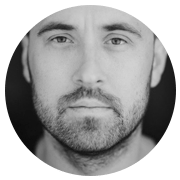
Dmitry Kostyukov, Russia photographer
It is almost impossible to distance yourself from politics when the political drama in the region is at its peak. If this project was done not in 2014, but one or two years earlier, there would have been no controversy, because it is professional and beautiful. It is an obvious and well-known lapse on the Ukrainian side that Ukraine did not commission projects like this.
Hardly anything changed in Crimea’s life. I have lived there for 21 years, and it looked the same before and after the annexation. Those who were against it should have protested in Crimea. You could see that people at Maidan were against it — there is a lot of visual proof of that. But you couldn’t see it in Crimea. I photographed Crimea that summer. All the photographs were just like three, five, or ten years ago.
The fact that a group of very famous journalists took part in an apolitical project shows the tendency in photojournalism that is not very obvious from the outside. Many are tired both from politics and from journalism, so they gladly take up projects that are de jure or de facto apolitical.
When Europeans or Americans work in post-Soviet countries, it seems to us that they have to rescue us from something, that they have to be super-objective. They don’t owe us anything, though. Nobody can help us but ourselves.
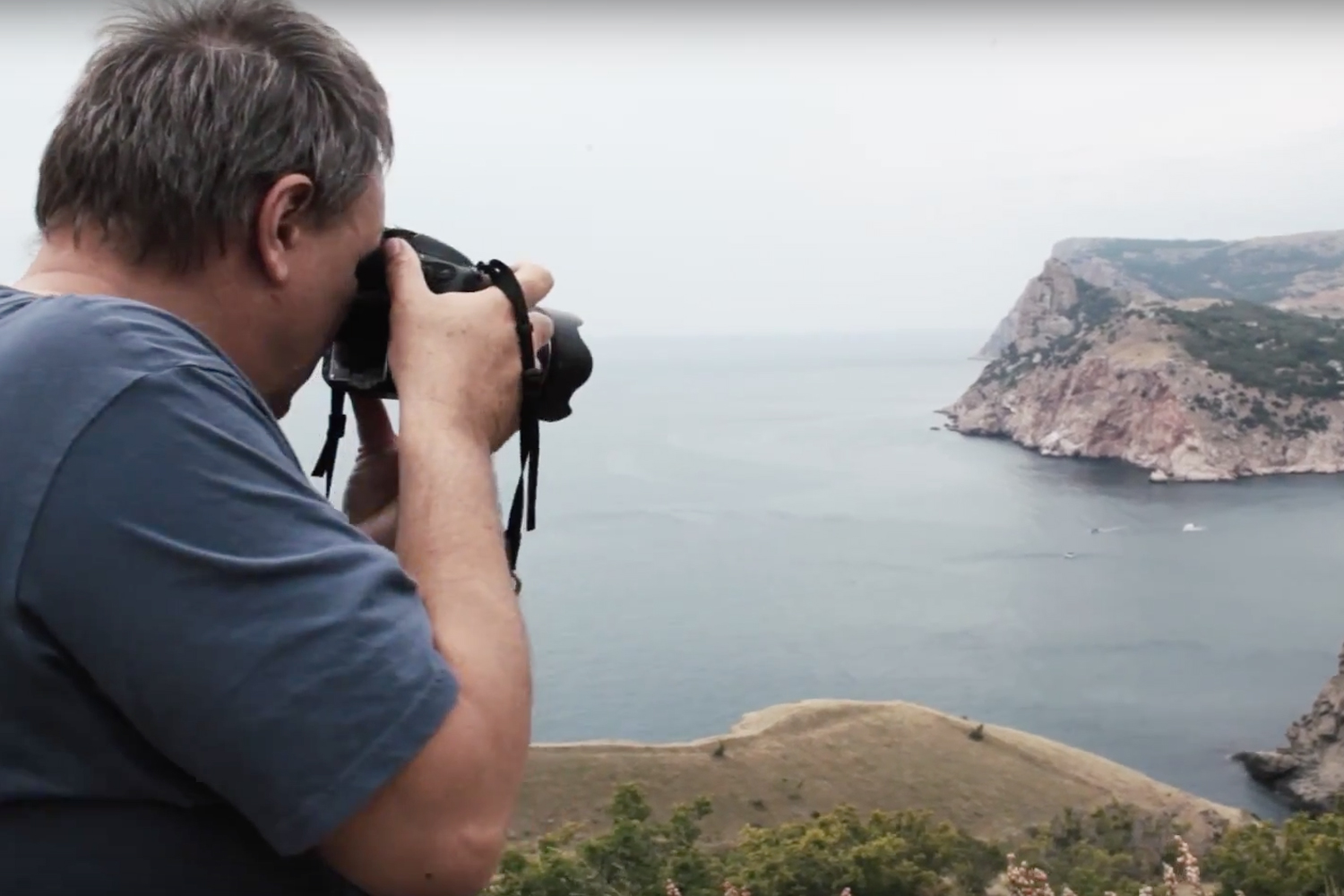
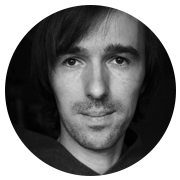
Arthur Bondar, Ukraine / Russia photographer
Another Crimea showed how politicized everything related to Ukraine and Russia is. Francesco Zizola though (I was his assistant) made a deeply meaningful and analytical project. He shows the battlefields of the Crimean War of 1853-1856, the way they look now. For instance, a place know from Roger Fenton’s first war photograph known as Valley of the Shadow of Death today is a garbage dump. A battlefield where hundreds of thousands of people died is a huge vineyard. When the photographer’s idea is so deep, there is no place for politics here.
This project also showed how absolutely polarized the Ukrainian journalist community is. People are not ready for smart and deep projects, everyone started seeing the world in black-and-white. This is sad, because life is not that simple. Now a Ukrainian photo collective is voting to deprive me of membership as to them I am not Ukrainian enough. It is funny and sad.

Misha Pedan, Sweden photographer
The situation is simple: the whole world knows Crimea is occupied. For the first time since WWII, a nation in Europe seizes the territory of another nation. Nothing to discuss here.
We have historical examples how the photographs can be used for propaganda. Rodchenko and a group of decent writers documented the construction of Belomorkanal (the White Sea — Baltic ship canal, constructed by forced labor of Gulag inmates. — Ed.). This is 100% immoral. Lenin called people like this “useful idiots”. No one cares what is in the photographs. They only need the names of the photographers to use them in propaganda.
There is a law in Ukraine — if I am right, a person who has visited the occupied territory illegally is banned from entering Ukraine. I think Ukraine should act on this law. For me, it is very simple: I will not work together with people from this list.
The first Google search result for Russian Reporter magazine that is behind this project is Russkiy Mir (Russian World) Foundation. It looks like the Kremlin created it to make propaganda. I did not find any official information about the financial sources of the project. One has to have a good budget to get all these photographers together. Do people think that money doesn’t smell? Sometimes, it stinks even.
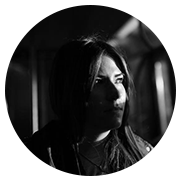
Anastasia Vlasova, Ukraine photographer
I only feel conflicted about the descriptions and captions to photographs in the project. I have nothing bad to say about the themes, or approaches, or visual techniques that the photographers used. I like concepts and parallels in the works by Francesco Zizola and Olivia Arthur. I like the idea of a storytelling diary created by photographers. But as a Ukrainian, I find it particularly painful and unfair to read “Crimea, Russia” without any further explanation of how exactly Crimea became part of Russia. I want annexation and unlawful referendum to be mentioned. Many pro-Ukrainian activists died, were kidnapped, beaten or detained. These facts cannot be ignored. A documentary project demands a more serious and responsible approach.
What do I think of photographers who participated in this project? Well, we are not in a community court, are we? I do not support my Ukrainian colleagues who are asking to ban the participants of the project from entering Ukraine. We are not a totalitarian state, I am for freedom and against censorship.


Oksana Yushko, Russia photographer
The idea of Olivia Arthur, a photographer from Magnum, to shoot photo stories of three families in Crimea — Russian, Ukrainian, and Tatar — seemed relevant to me, so I agreed to help her. I have been working in Crimea on my own projects since 2011, and I generally know the opinions of most people. But in summer 2014 some were too euphoric.
Olivia, who came with a clear point of view, and a preconceived idea of what had happened in Crimea in February and March 2014, was not ready to listen to the people in the streets. Everyone was merrily shouting “Russia!”, and we were trying to find those who were unhappy with the annexation. The result were Olivia’s Crimean Diaries — to me, they objectively reflect the events of June 2014.
I respect the work of all participants of the project for the simple reason that journalism has not been objective for a very long time now, and everyone has a right to their own opinion.

Julia Polunina-But, Ukraine photographer
As soon as I opened the webpage of the project, I saw a caption “Crimea, Russia” under the very first photograph. You can forget about ethics and objectivity. I think, in a short while there will be exhibitions and other similar events to show that this “Potemkin village” of a project is the real Crimea.
I hate the word “propaganda”, but it is the only one I can apply here. This is an attempt to introduce the thought to the Western world that the occupation was the right thing to do. This is legalization through art and a kind of whitewashing — if the photographers are ready to sign up for it, it is their choice.
You can use a spoon to eat or to cook a dose of heroin — it is about placing the accents and about who is placing them. And who is paying, of course. Photographers who captioned their photographs “Crimea, Russia” should go to court for submitting incorrect information and acknowledging the occupied territory a part of Russia. I think they should be banned from entering Ukraine.
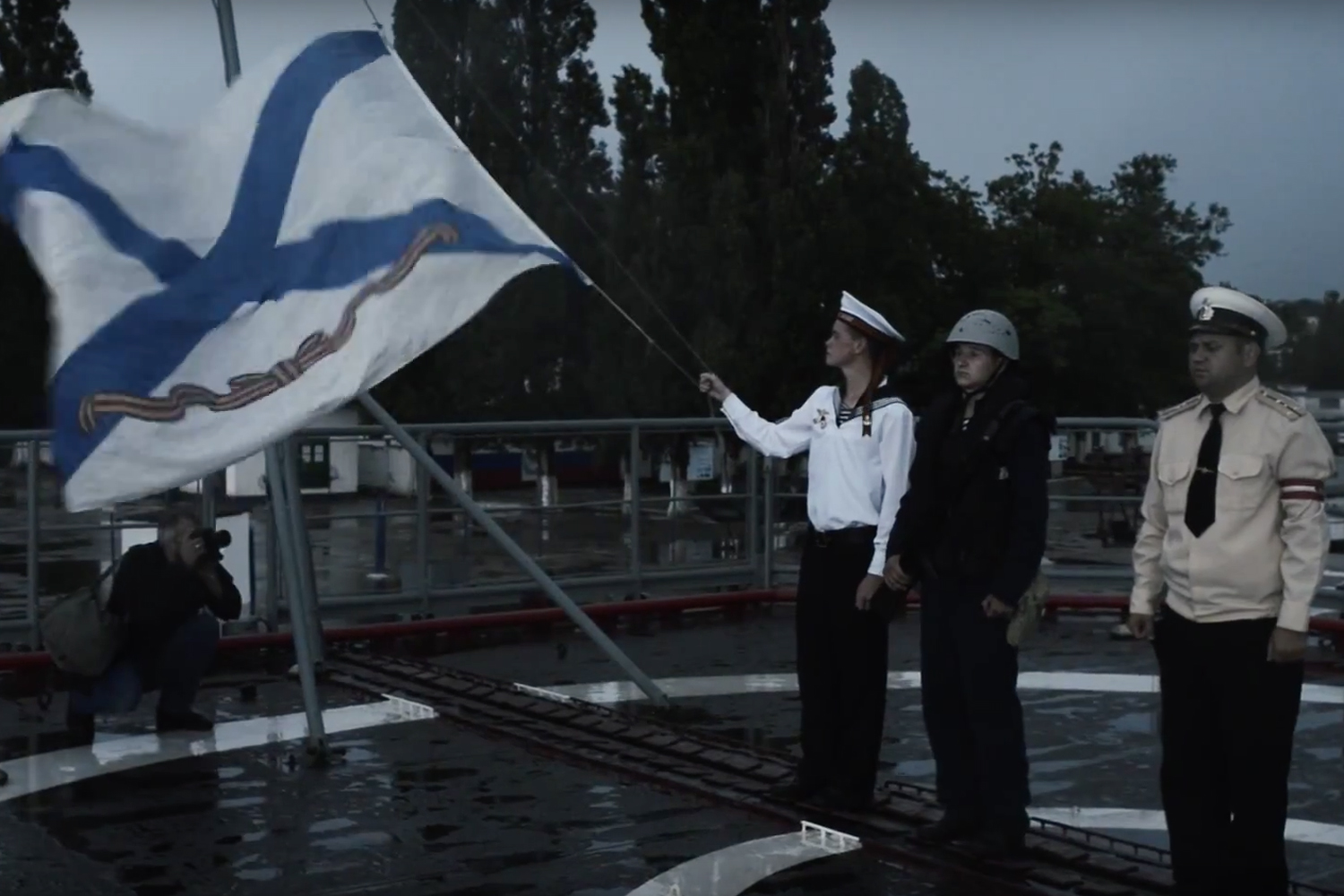
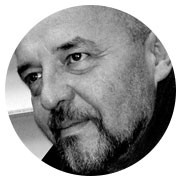
Oleg Klimov, Russia photographer
I don’t want to take it upon myself to judge any of the photojournalists who participated in this subtle propaganda. I don’t rule out the possibility that some of them might have not known about the end goal of the project. The photographs dated 2014 were hardly taken for this website, because the domain was registered only in 2015. The name of the owner is hidden. We do not know, who financed this project. There is no doubt that this is propaganda Russia Today style, aimed at the Western audience who have not enough information. Famous names were exploited to show the positive side of annexation.
At the same time, it seems that the photographers are too full of themselves and are ready to show a dozen more second-class stories for the excitement of the ignorant public. This is DocArt turning kitsch and trash. The editor should be disqualified for such a sloppy piece of work.
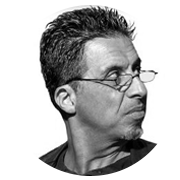
Gueorgui Pinkhassov, Russia participant of Another Crimea project, Magnum photographer
It is always interesting to go somewhere new. This was two years ago. There was no big hustle than, there was no confrontation that we have today.
I have many friends among Ukrainian photographers. The president’s photographer is my pupil.
You should ask psychologists for comments, not me. Also, it was a long time ago, so I don’t remember.

Christopher Morris, USA / France participant of Another Crimea project, co-founder of VII agency
What made me agree to the invitation to participate in the project was my personal desire to see Crimea for myself, especially after the annexation by Russia. To be an American photographer allowed into Crimea would be very unique. All my work over my career has been convincing commanders of military units, rebel groups, and even world leaders to give me access. This is what photojournalism has always been to me. So if someone wants to invite me to join a project to showcase a recent illegal annexation, this I won’t turn down. For I need to see with my own eyes and feel for myself.
When North Korea gave me a journalist invitation in 2005, long before any American photographer had ever been allowed, I agreed to go, all along knowing the restrictions that would be on me. If I lived during the rise of fascism in Europe and I was offered an invitation to document occupied Paris, I would have gone there. The Russian government does not own my images, nor do they control what I can do with them.
Contrary to what I thought would happen to me, I was never stopped by any authorities for anything. I was never asked for my ID and never once asked to show a press card. Never stopped and asked why I was taking pictures. I was an American walking around documenting what I saw with my own eyes. In an amazing place, a place that God forbid should ever allow itself to be destroyed by nationalism. Russia, in their eyes, was never going to allow Crimea to be free. Never. This is their obvious position. It’s not right, but it is their view. So let’s have Kiev and the West take Crimea back by force. See what this kind of nationalistic pride would bring to Crimea. History is rife with countries that went down this path. I have witnessed many.
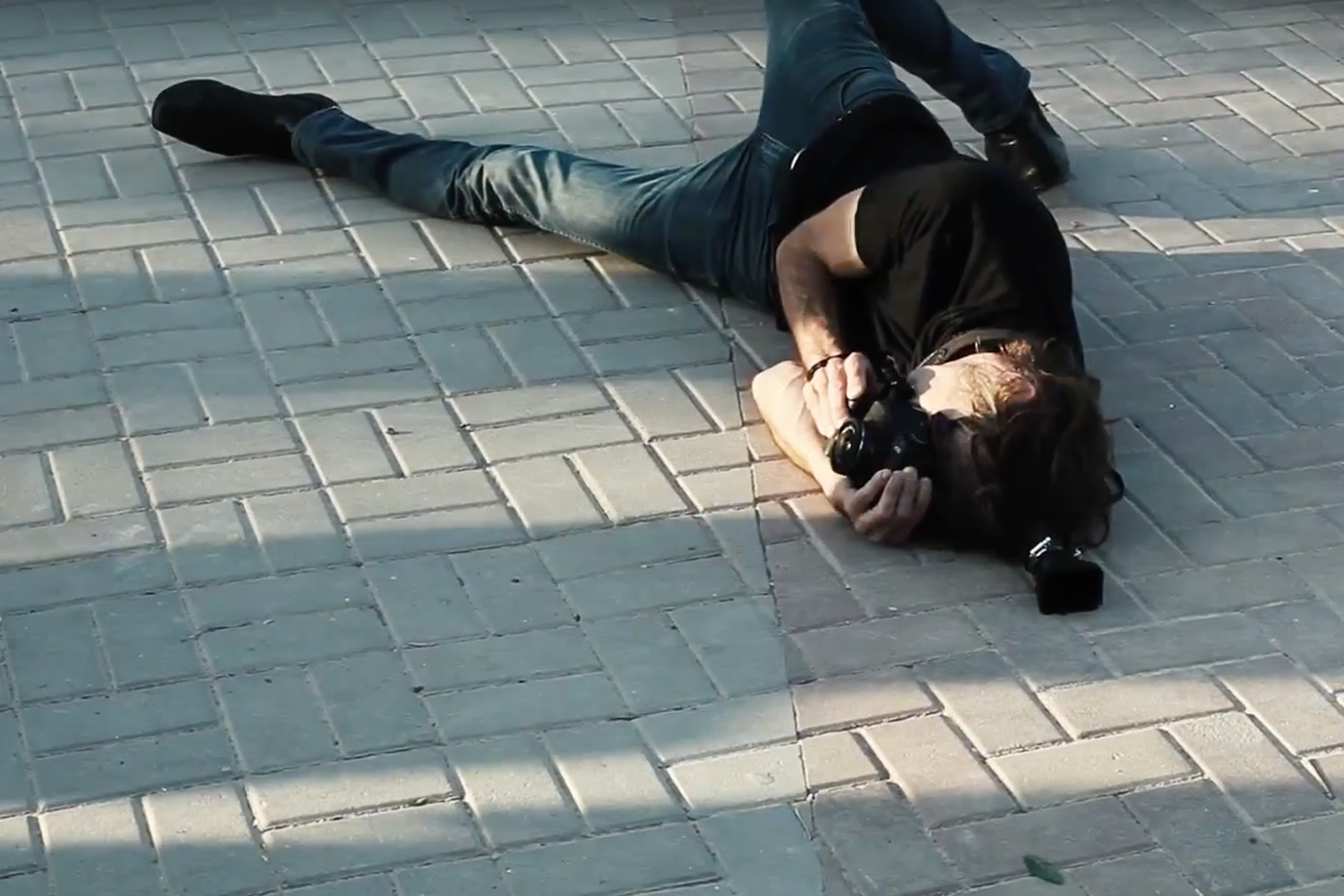
New and best
